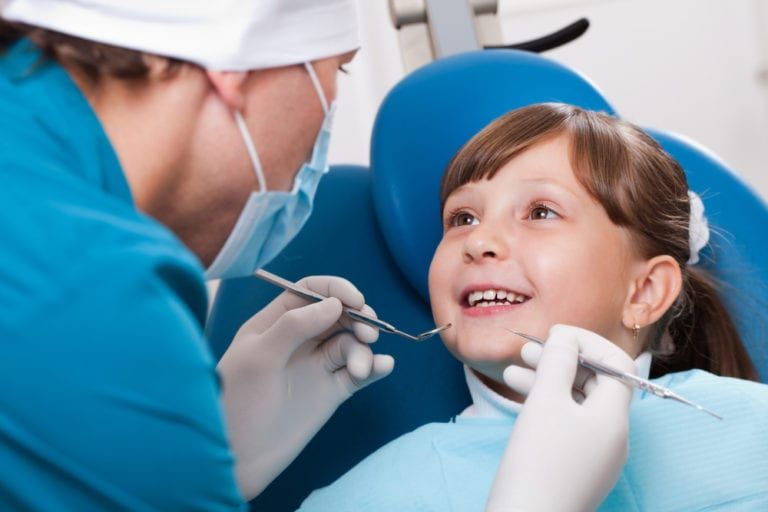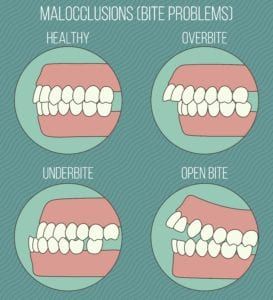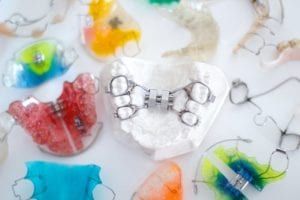Child Orthodontics

Orthodontics for children, also known as early orthodontic treatment or phase I orthodontic treatment, can help correct orthodontic issues early on before active orthodontic treatment. Early orthodontic treatment is beneficial because children’s jaws are still actively growing and the teeth are easier to move. Treating possible orthodontic issues when children are young can result in shorter treatment later on. Not all children need early orthodontic treatment, however having an early examination can prove to be beneficial for some.
Did You Know?
It is recommended to take your child in for an orthodontic screening at the age of 7 because by that age they have enough permanent teeth for an effective orthodontic exam.
Frequently Asked Questions:
Does my child need early orthodontic treatment?

Your child may need early orthodontic treatment if they exhibit any of the following:
- Malocclusion (overbite, underbite, crossbite, open bite)
- Frequently sucks their thumbs
- Crowded teeth
- A jaw that is disproportionate to the face
- Regularly breathes from the mouth instead of the nose
- Primary teeth that are prematurely lost or fall out late
Even if your child is not exhibiting any of the above, the American Association of Orthodontists (AAO) recommends that all children see an orthodontist for an orthodontic screening no later than age 7. Only an orthodontist can determine whether or not your child can benefit from early orthodontic treatment.
What can early orthodontic treatment accomplish?
Early orthodontic treatment can help to decrease the severity of orthodontic symptoms, as well as prepare the mouth for future orthodontic treatment by intercepting the problem, eliminating the cause, guiding the growth of the facial bones, and provide enough space for permanent to erupt properly.
What can I expect when my child receives an orthodontic screening at Massih Ortho?
At Massih Ortho, you can expect that your child will have an examination and maxillofacial x-rays. Your Glendale orthodontist will also ask you whether or not your child sucks their thumb or other fingers. After examining your child’s teeth, jaw, and x-rays, your Glendale orthodontist will do one of three things. They may determine that no treatment is needed, your child should be monitored for possible future treatment, or there is an issue that can benefit from early orthodontic treatment.
What can I expect if my child needs early orthodontic treatment?

If your child needs early orthodontic treatment, your expectations will depend upon their proposed treatment plan. In some cases, fixed or removable orthodontic appliances may be used to move the teeth, change the jaw’s position, or maintain the teeth’s position. One such appliance is called a palatal expander. Palatal expanders are placed towards the top of the mouth and are used to gradually increase the size of the upper arch. This increases the likelihood that the permanent teeth will erupt properly. In other cases, the extraction of certain teeth may be beneficial to the erupting permanent teeth.
What happens after early orthodontic treatment?
In most cases, children who receive phase 1 orthodontic treatment will still require future orthodontic treatment as well. Between phase 1 and phase 2, there is generally a “cooling off” period of about a year. Children who have undergone phase 1 orthodontic treatment are expected to require less orthodontic treatment during phase 2.